Guest writer: Anna Nilsson Spets
The jeep makes its way uphill through the cedar forest of Gugebergen, the temperature drops and it is almost chilly, foggy and damp.
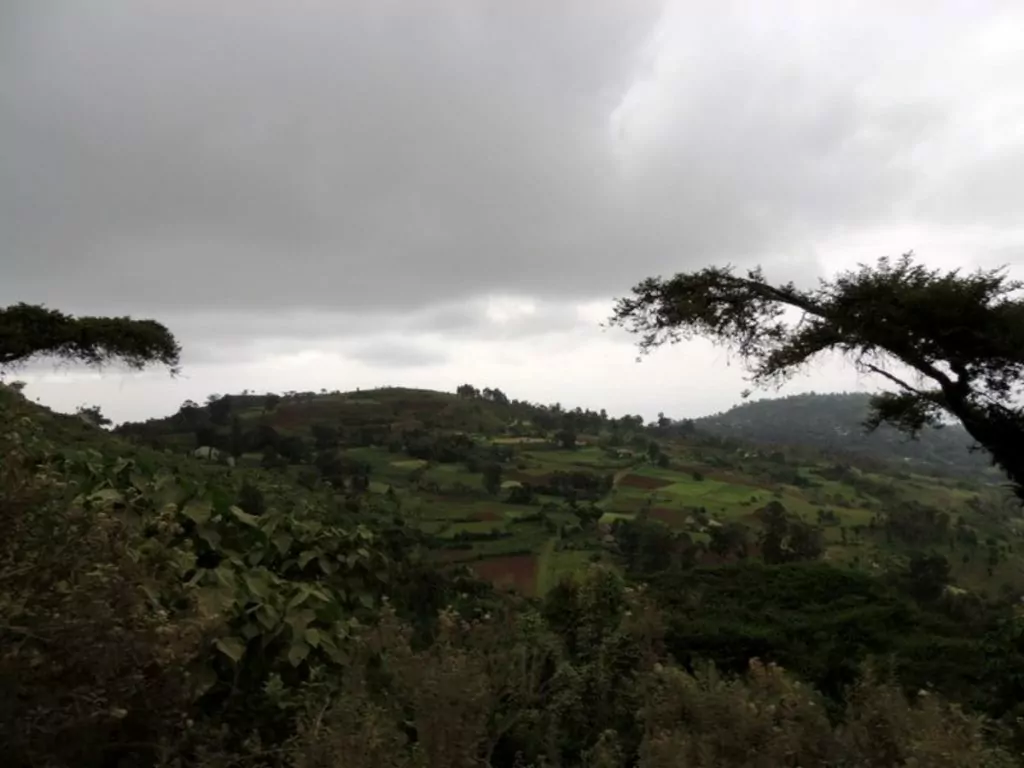
The Dorze live in villages in the neighbourhood of Arba minch, the population is large, 30,000.
Once a feared warrior people, they now engage in more peaceful pursuits such as farming, domestic animals and weaving.
The animist faith has been replaced by Coptic Christianity, although some older traditional rituals such as weddings and funerals still exist.
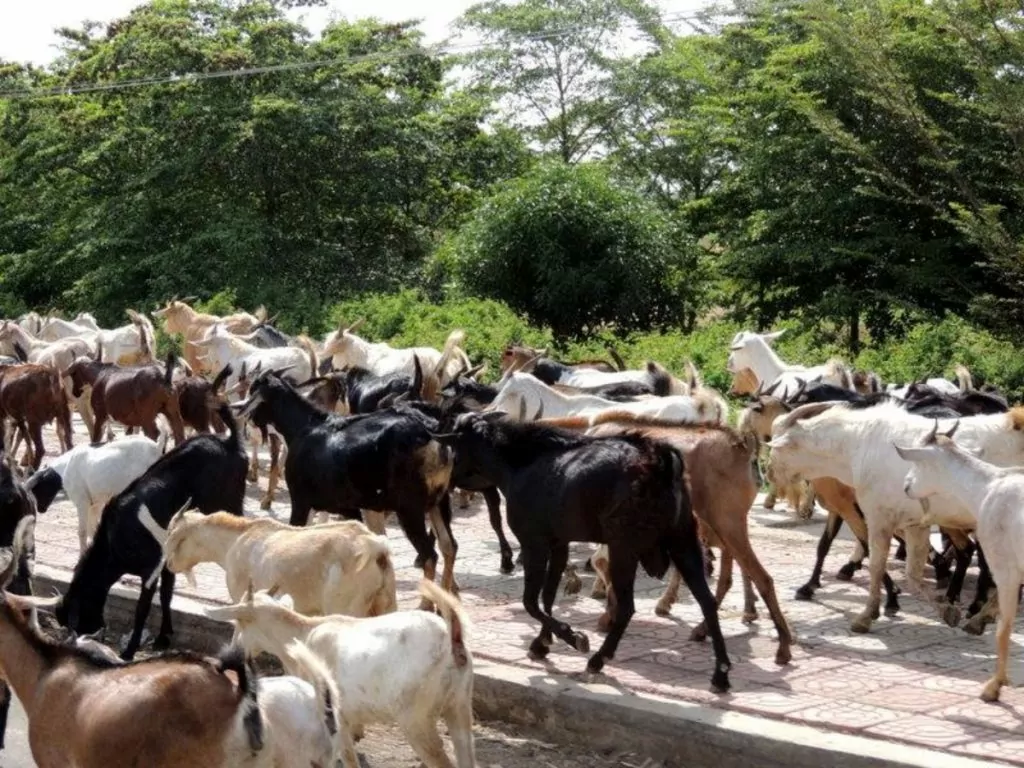
Their building style is quite fun and special, the houses look like tall beehives, they are sturdily built from bamboo, woven grass and leaves from the enset plant. A hut can be up to 12 metres high and the beauty of the crow's nest is that they can be easily moved. Sometimes the hut is invaded by termites, the hut is moved but then gets lower and lower with each move.
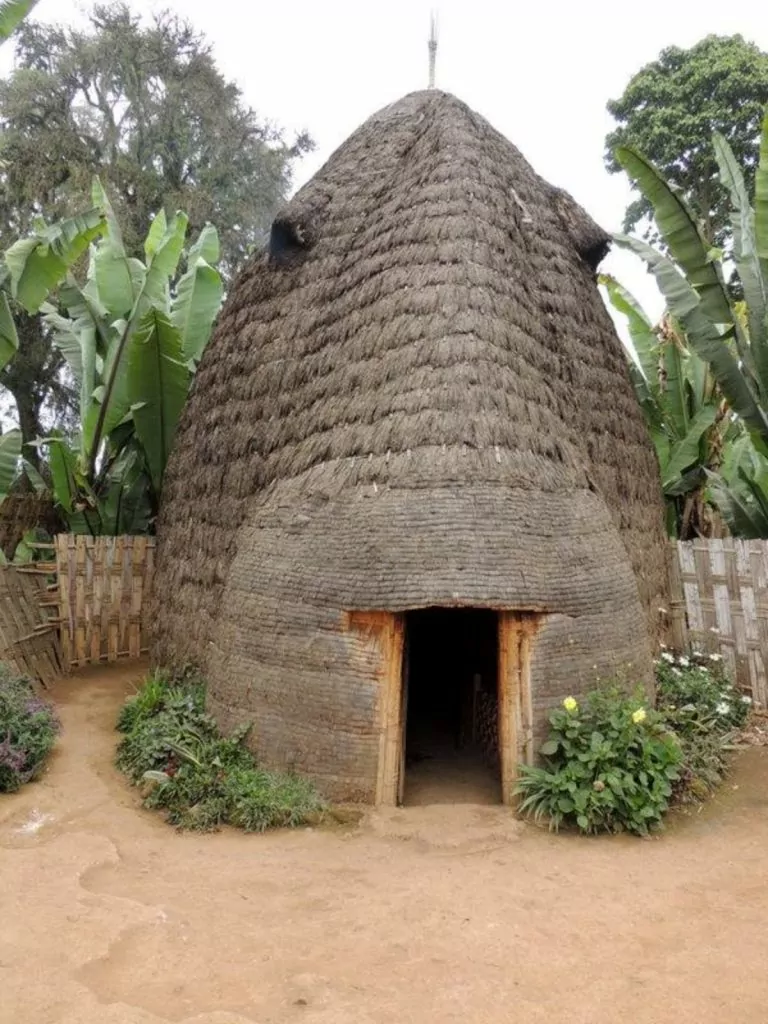
The hut is divided into different sections, part for sleeping, cooking, storage and stables. Each family has a main hut and two smaller ones on the side.
Keeping animals indoors serves two purposes, firstly to protect them from enemies and secondly to give off heat during cold nights.
Around the huts is a kitchen garden where coffee, ensete and cotton are grown. Seeds and other crops are grown in neighbouring fields.
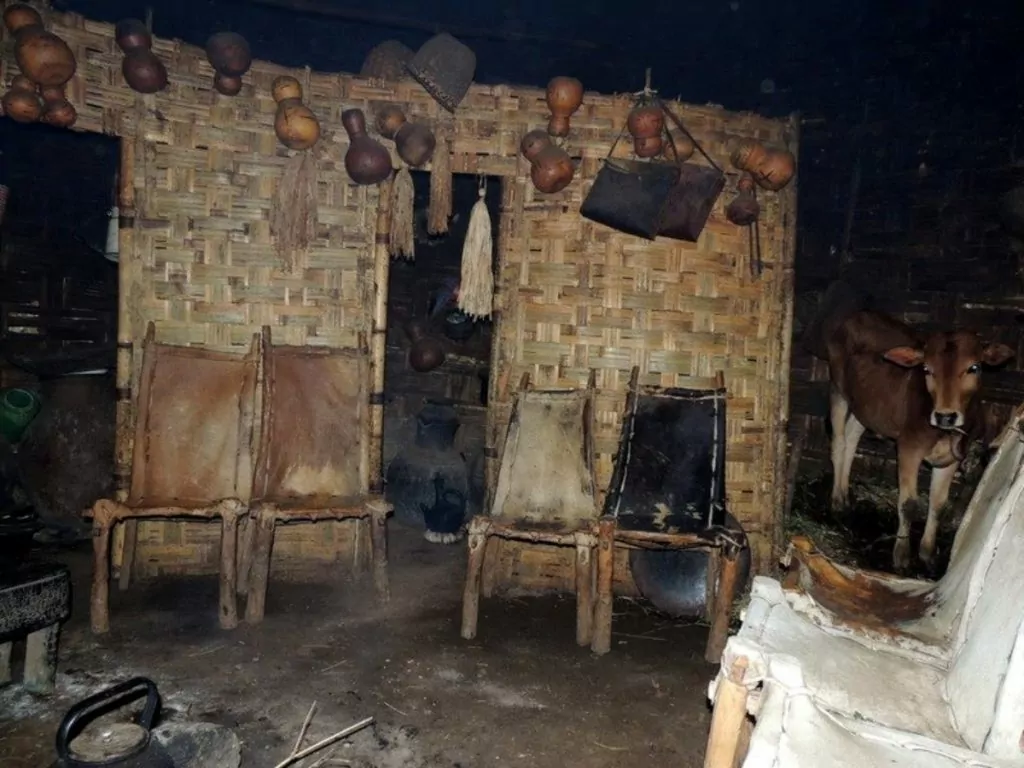
Dorze women have many tasks on their daily schedule, children and home, spinning cotton, collecting firewood and preparing enset which is the main ingredient in cooking.
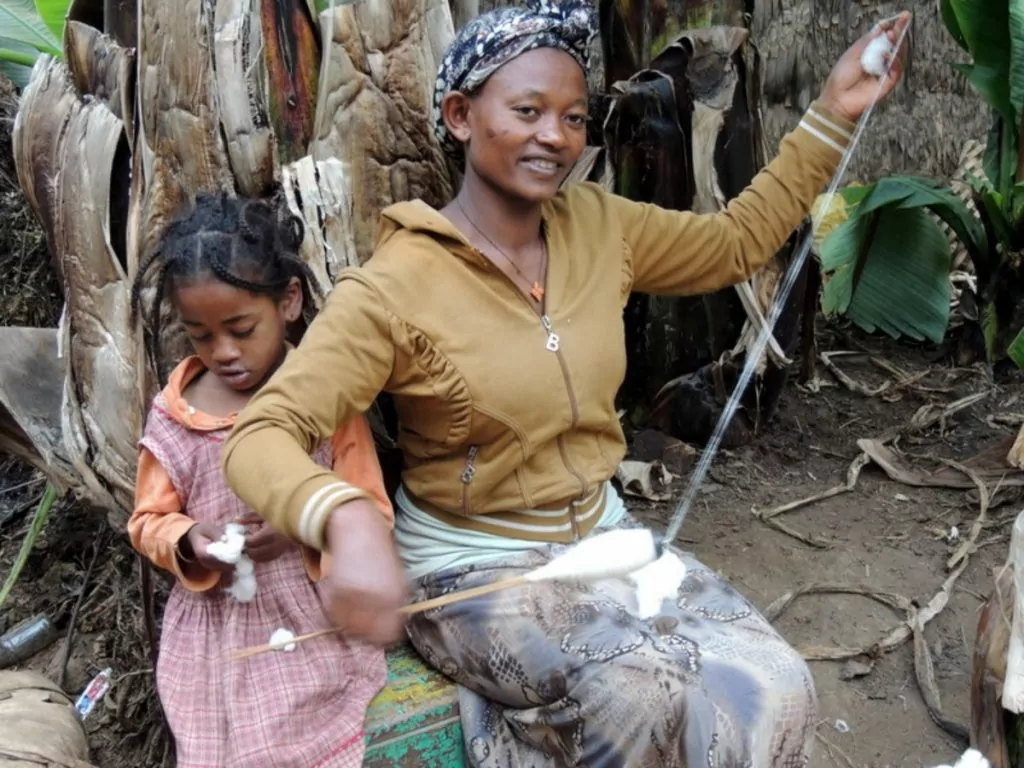
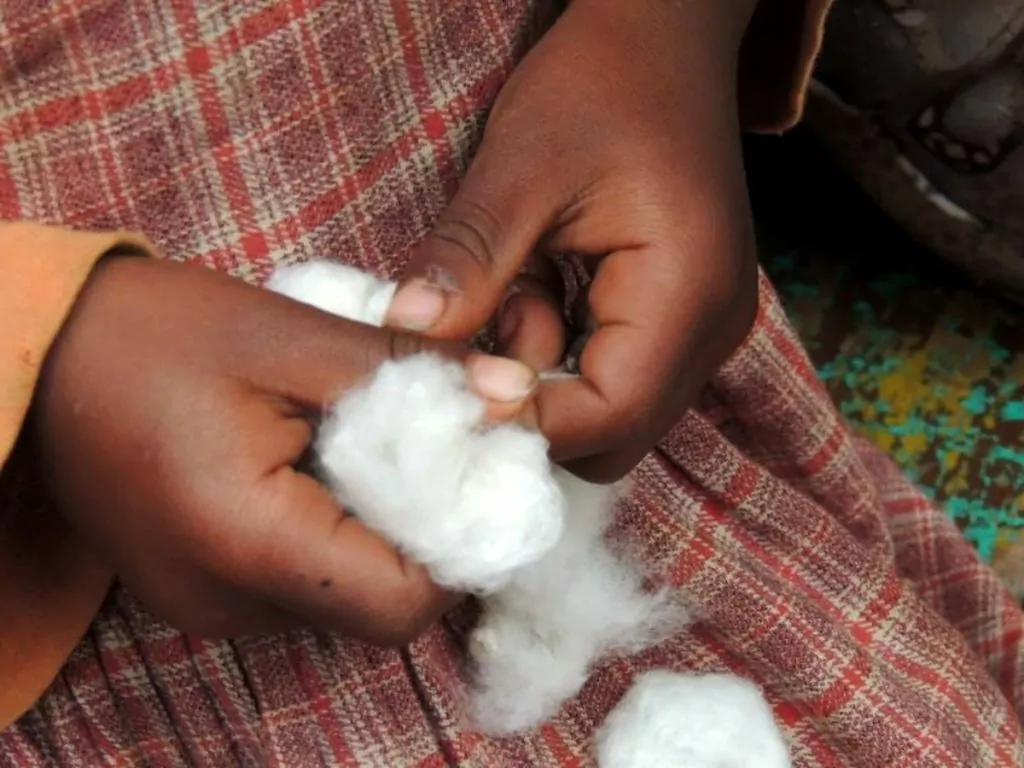
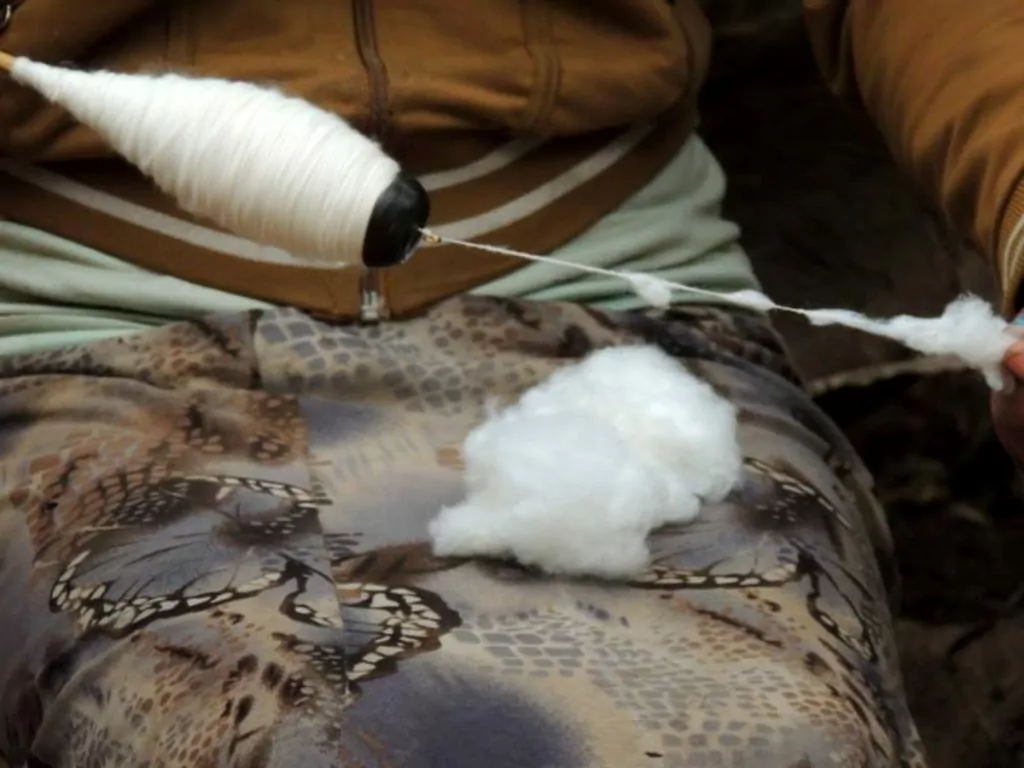
Ensete, Ethiopian banana aka false banana is used in many ways. The leaves are used as roofing material but also to wrap dishes.
The plant is much larger than the common banana. The fruit is not edible and after flowering the plant dies.
In a rather laborious procedure, the pulp, the inner part of the leaf, is extracted, wrapped and left to ferment in the soil for at least two months. It is then used as a kind of flour for baking.
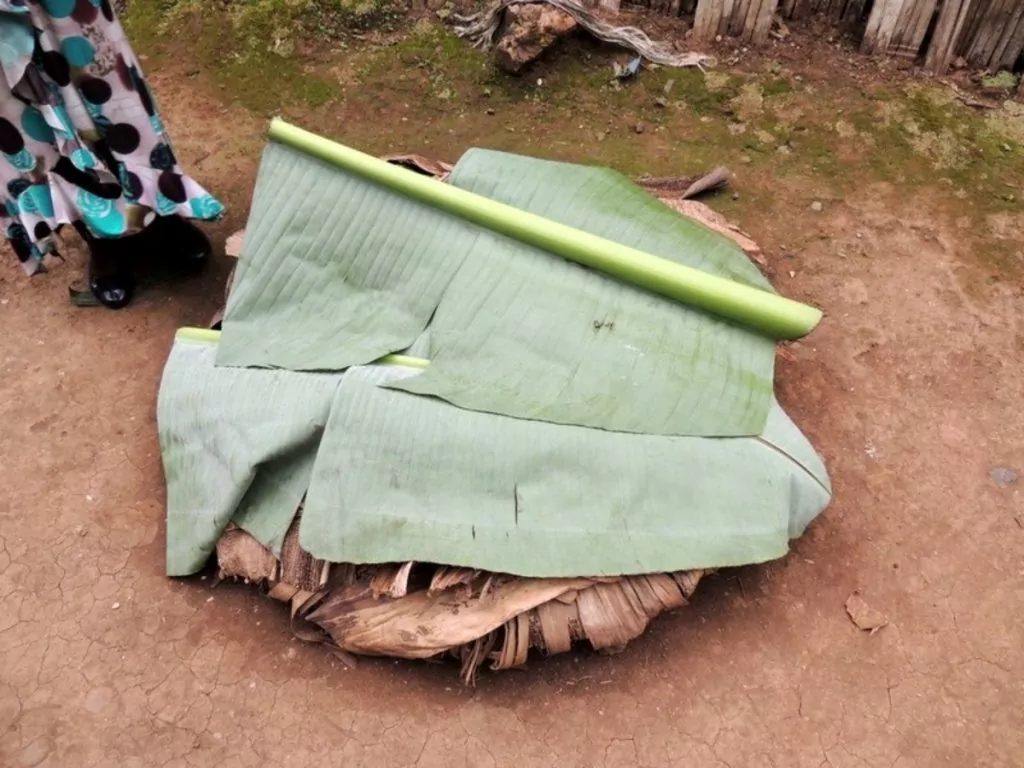
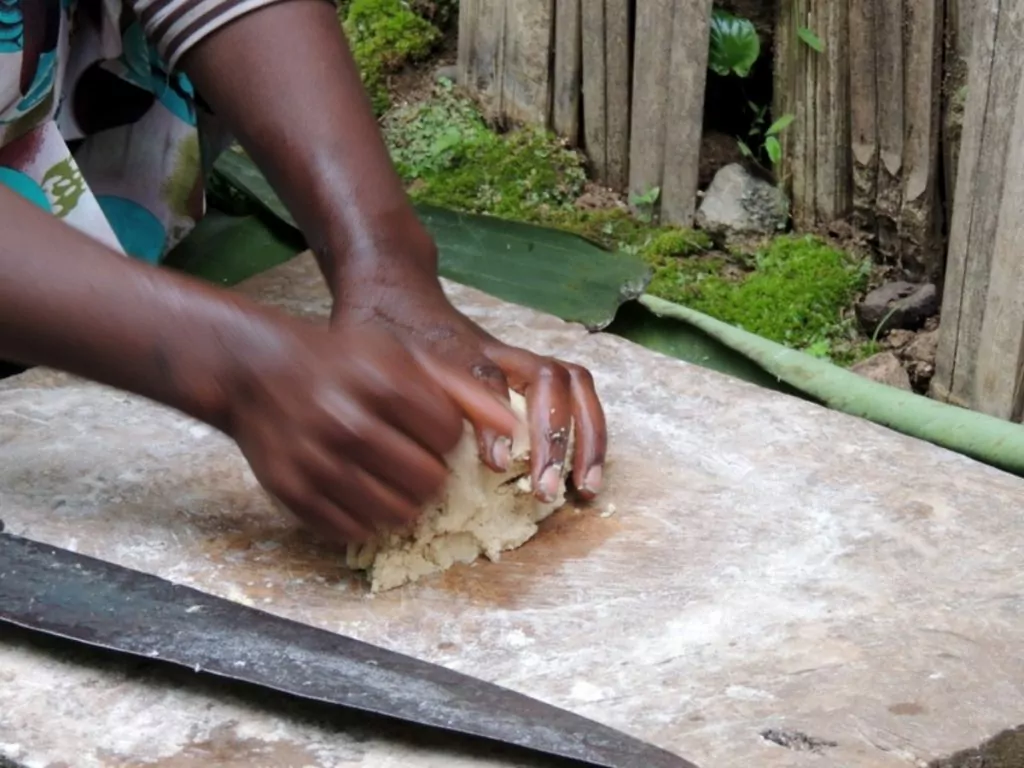
The bread, pancake-like, is eaten with honey and a super-hot chilli paste.
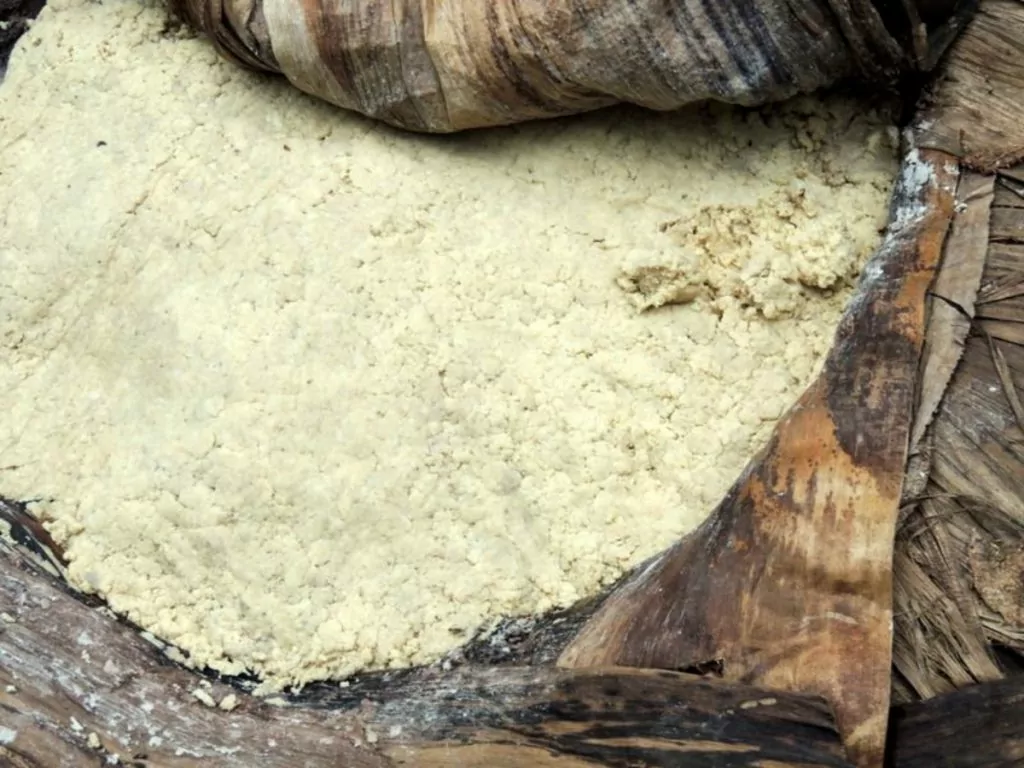
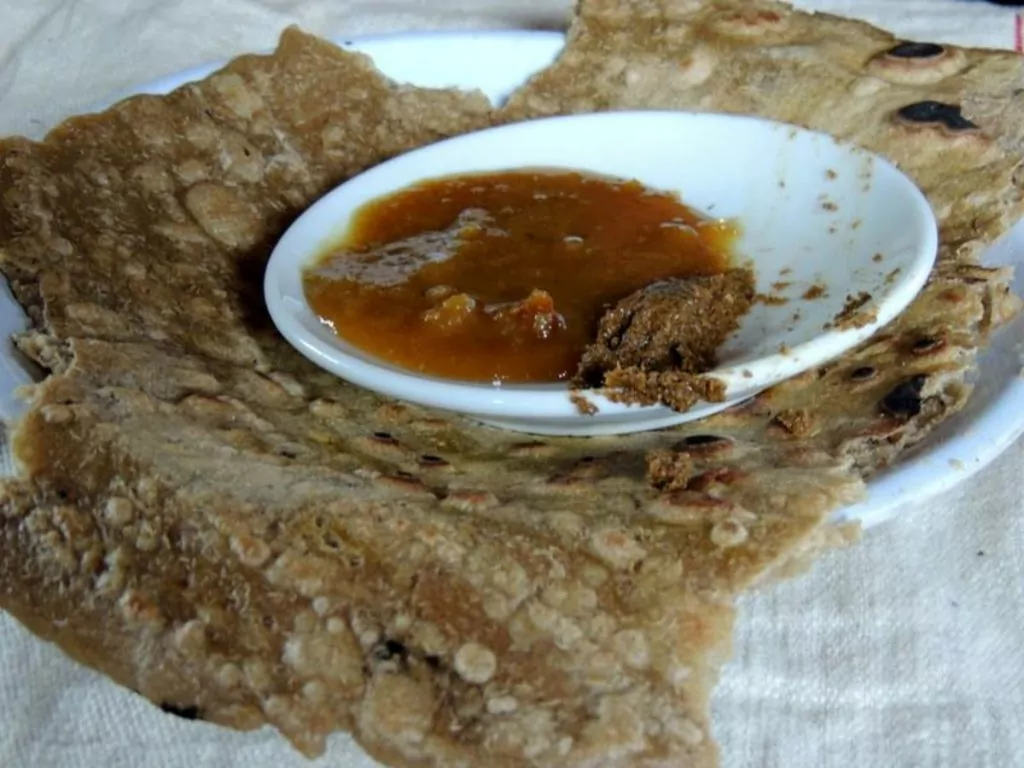
The waste product, the fibres from the large leaves, are used to make strong ropes.
The men weave the colourful cotton babies called sharma, and when they are not at their looms, they are busy growing crops and building huts.
Of course I buy a vepa to take home with me, coffee beans too, it will be a party!
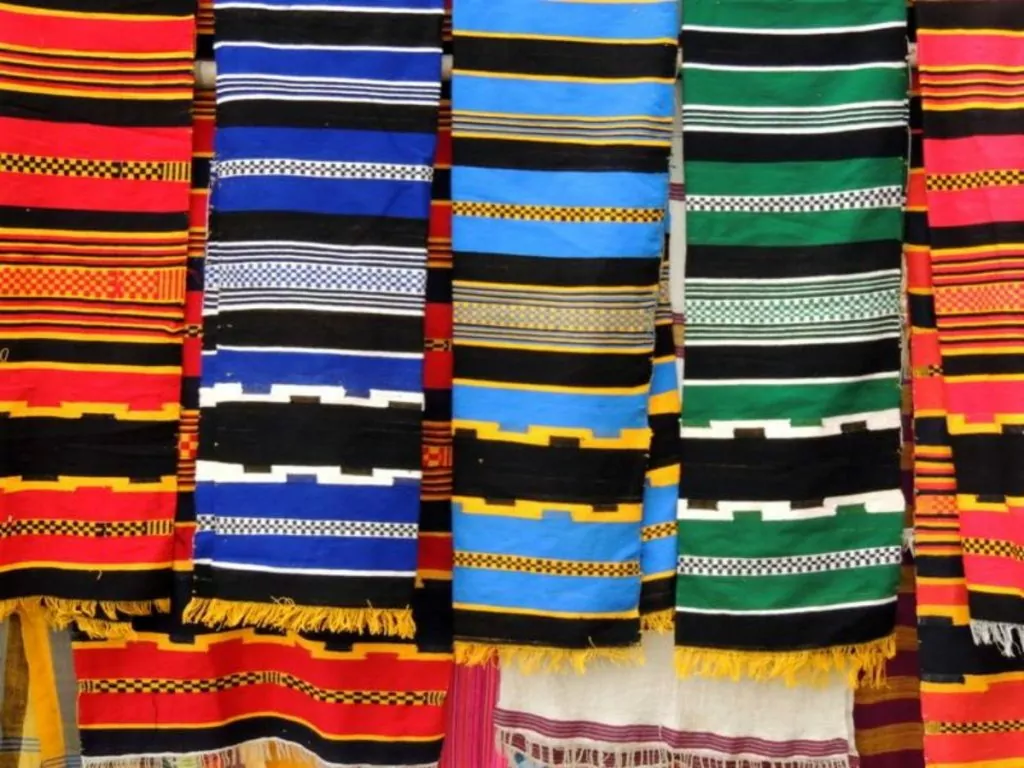
The journey comes to an end, stopping in Awassa which is a more modern city. Visit the fish market which is bustling with life and activity. At night the fishermen paddle out in their wooden boats and return the next morning with tilapia and catfish, perch-like fish.
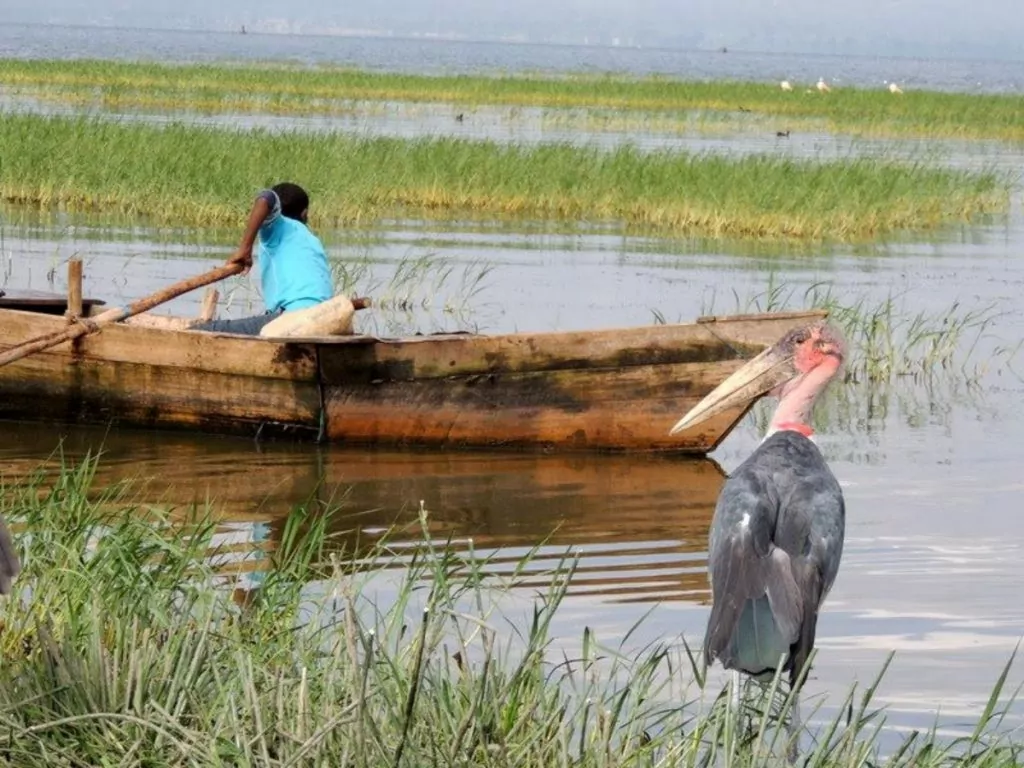
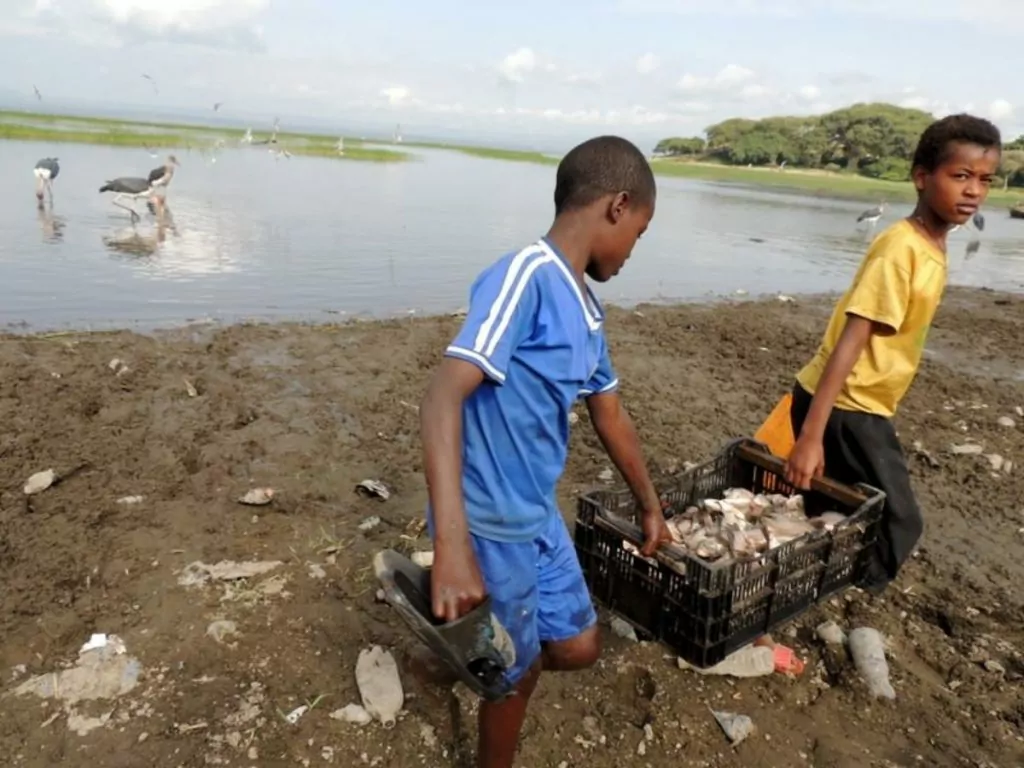
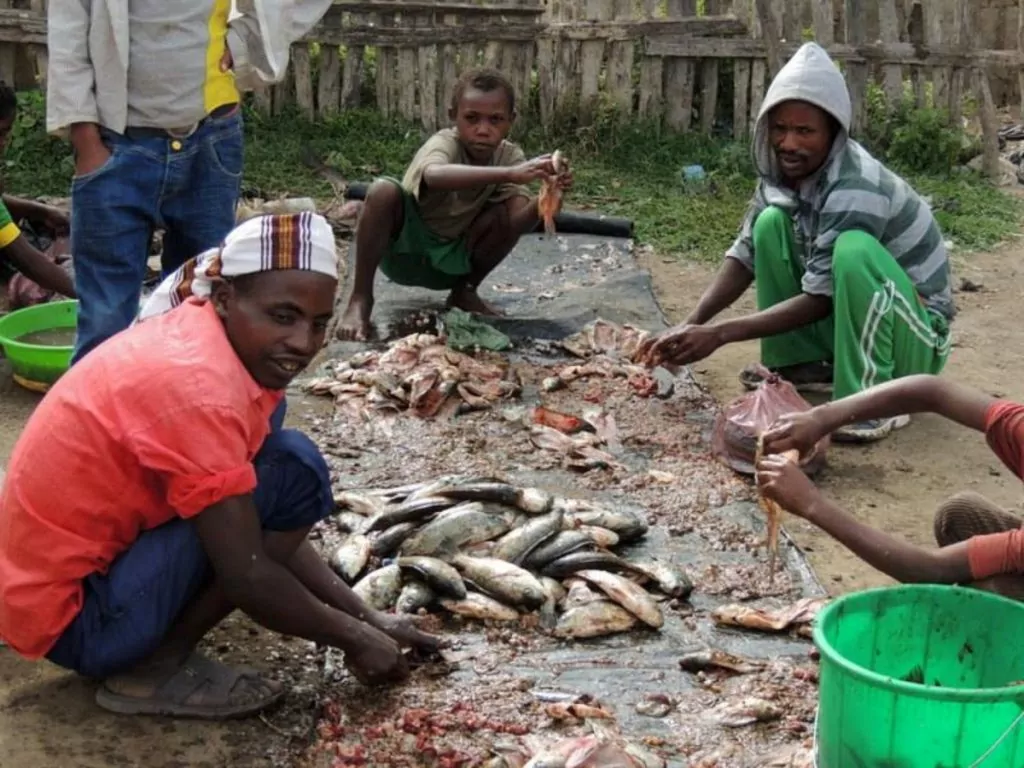
street food
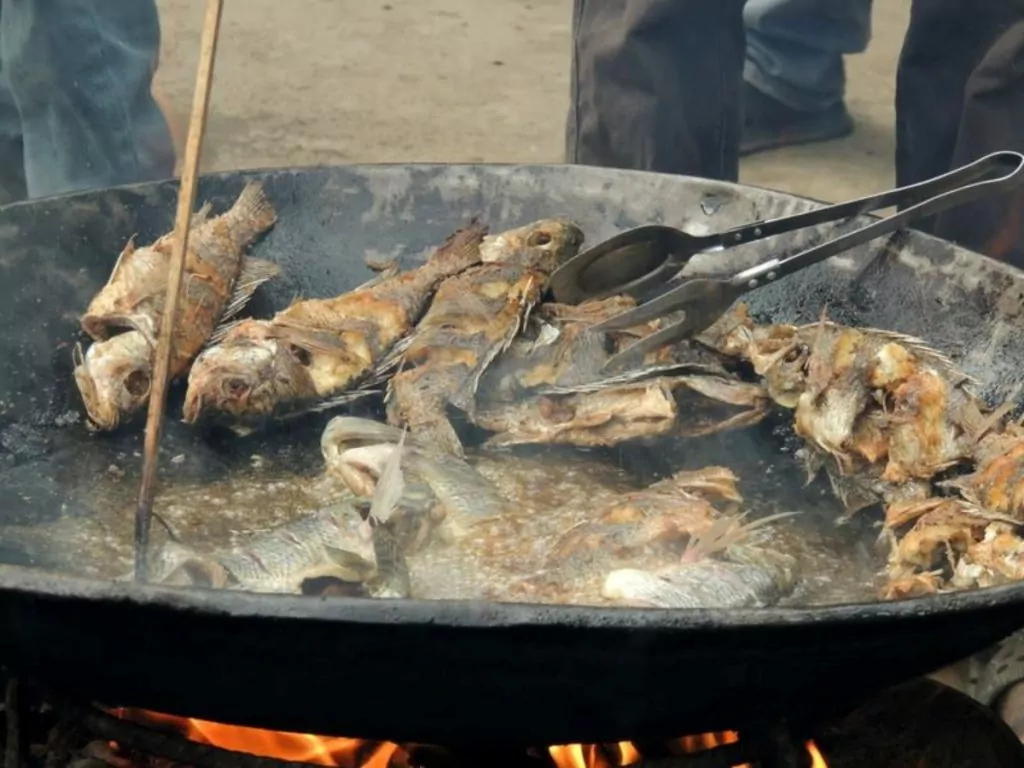
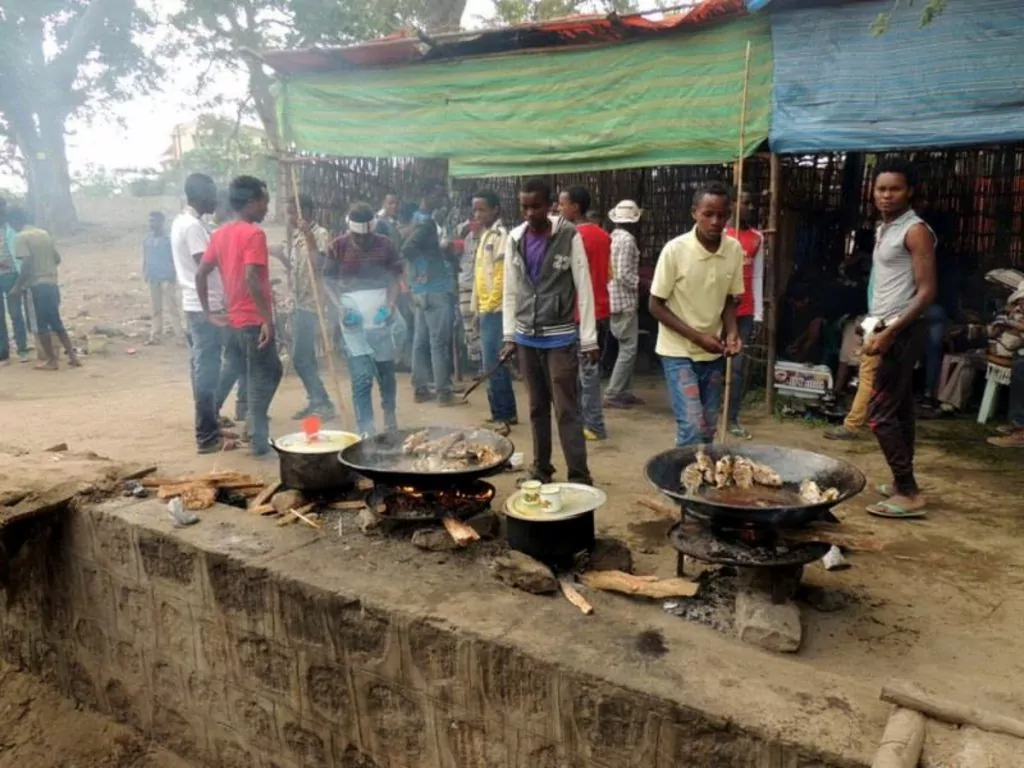
Then I happen to end up in what was apparently some kind of New Year's celebration, people everywhere, dressed up in traditional costumes and decorated horses. Singing, dancing and spears.
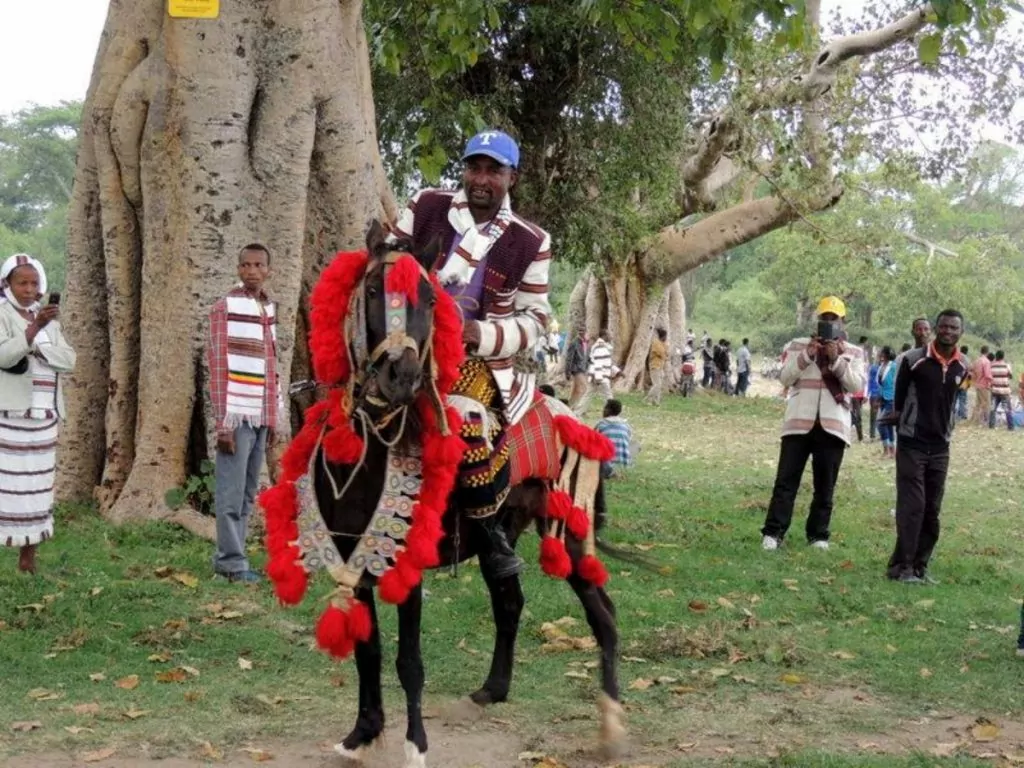
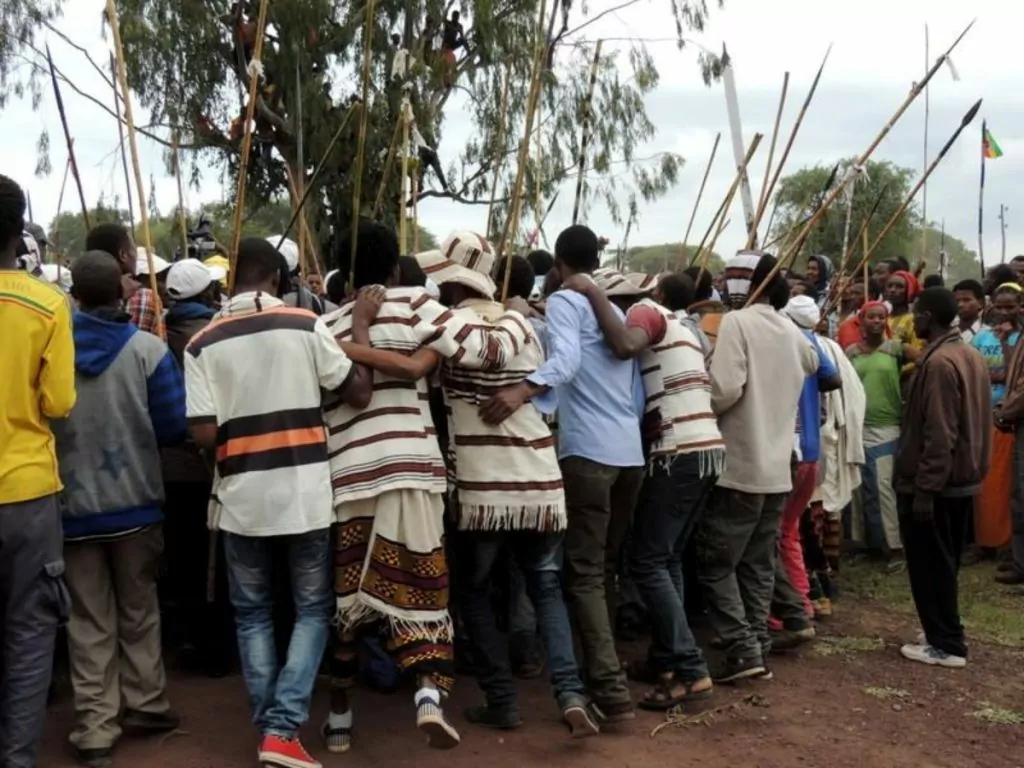
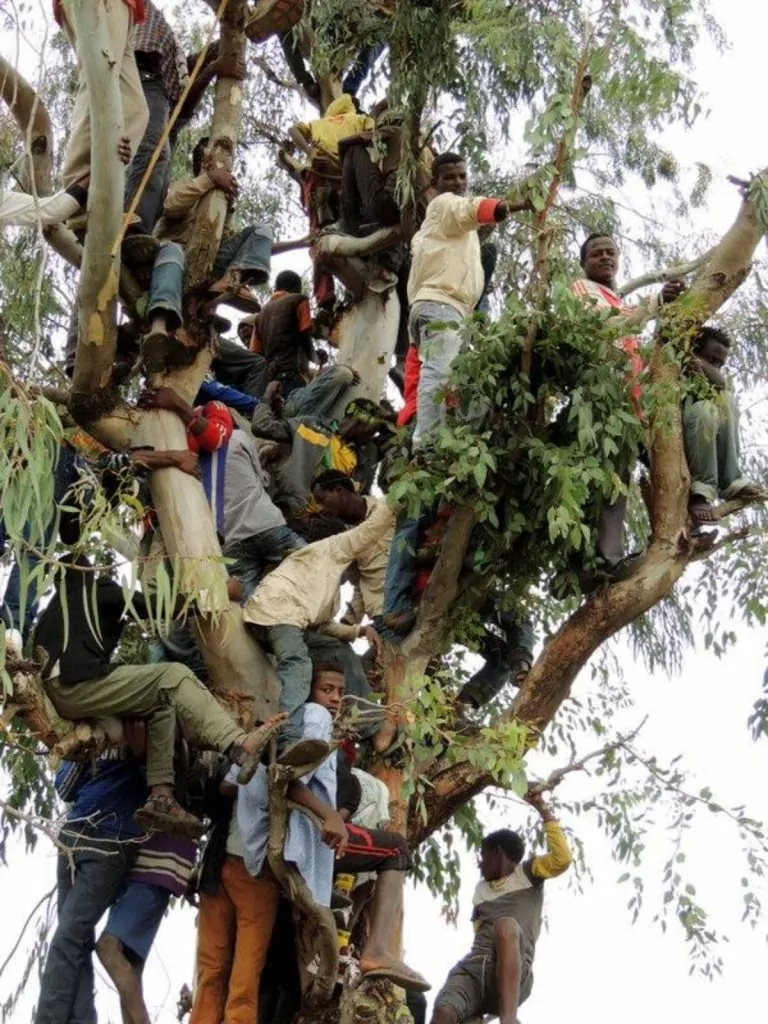
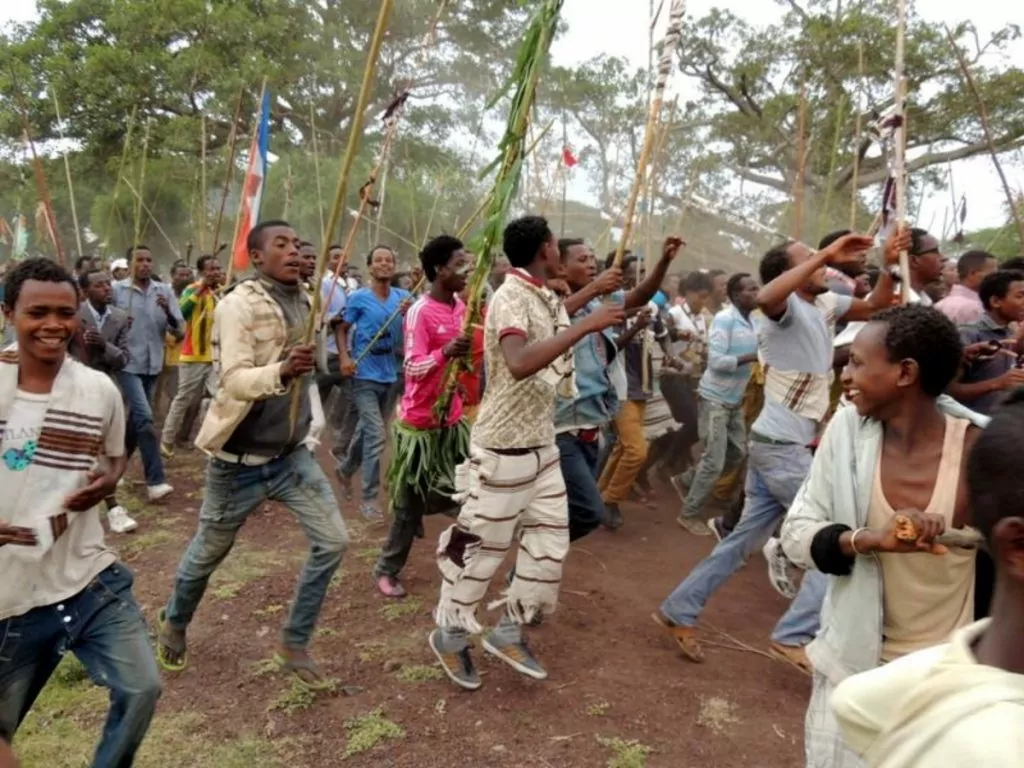
I have been a big reggae fan since my youth, so a quick stop is made in Shashmane, a fairly typical Ethiopian town, but parts of the town contain a large community of Rastafarians.
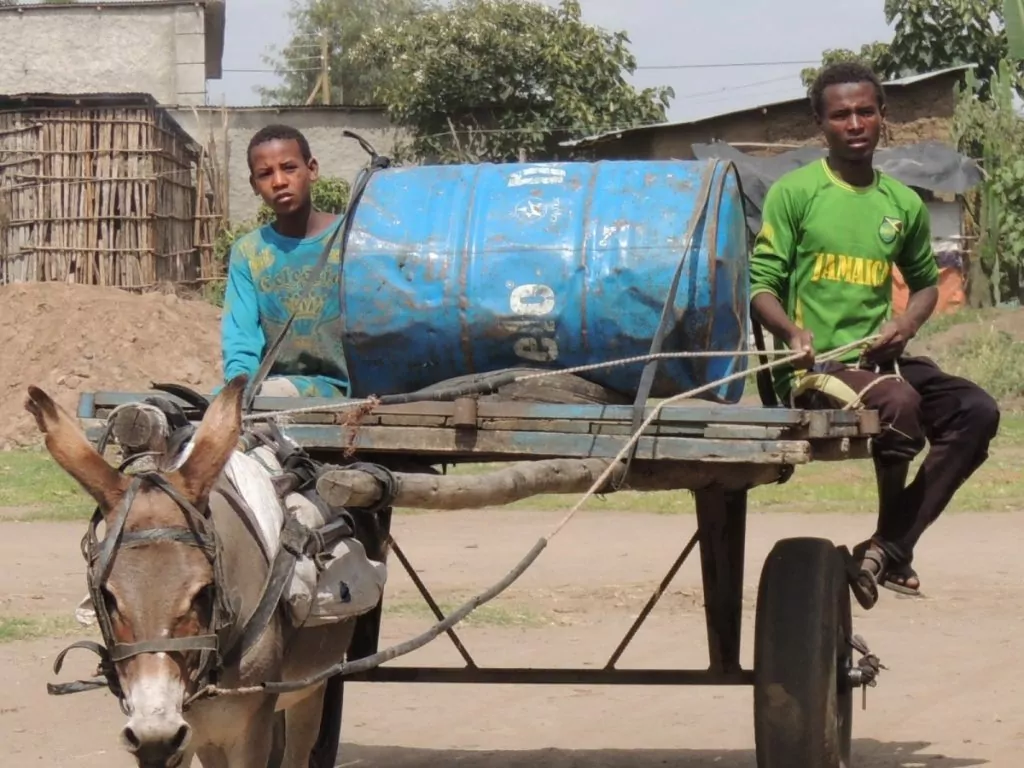
In the late 1940s, the then leader and emperor Haile Selasse gave away a piece of land so that the world's Rastafarians could build a sanctuary and a society based on their faith, Rastafarianism. Rastafarian culture includes ganja, cannabis, which is a sacred herb and although it is banned in Ethiopia, it is ignored here.
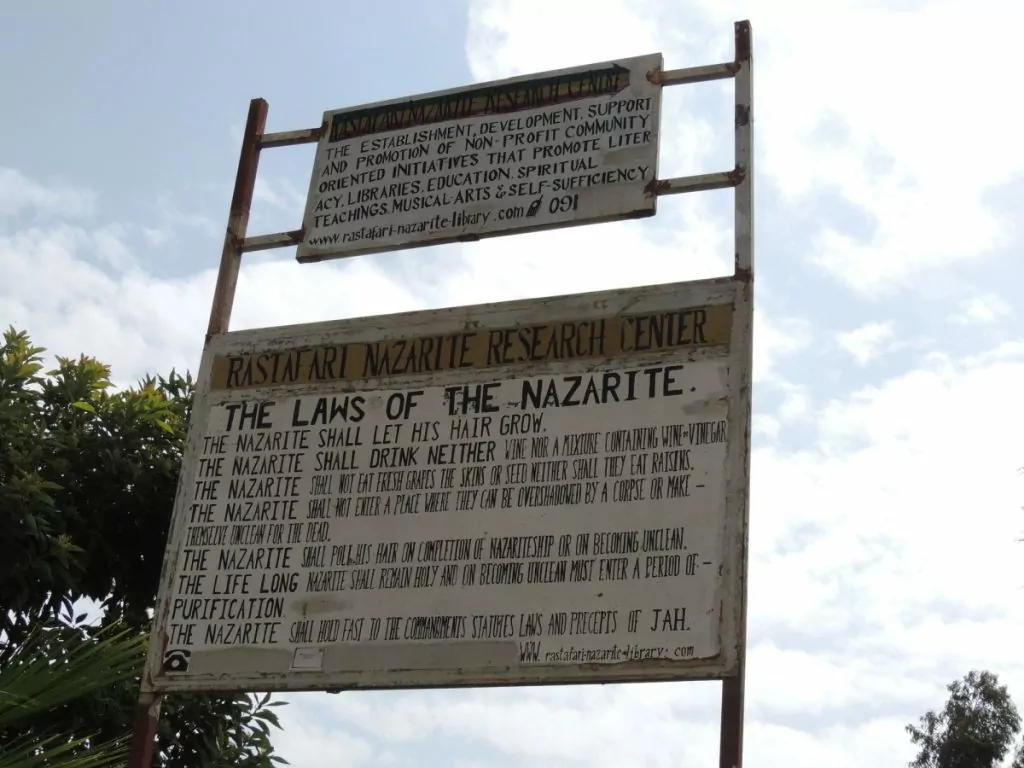
The Rastafarian community today has only a few hundred members who have their own faith, church and social/religious rules. In Shashmane, reggae and Bob Marley, who belonged to the community, are the centre of attention, and a large reggae festival is held every year.
Visit the Banana art gallery and the artist who makes pictures from banana leaves.
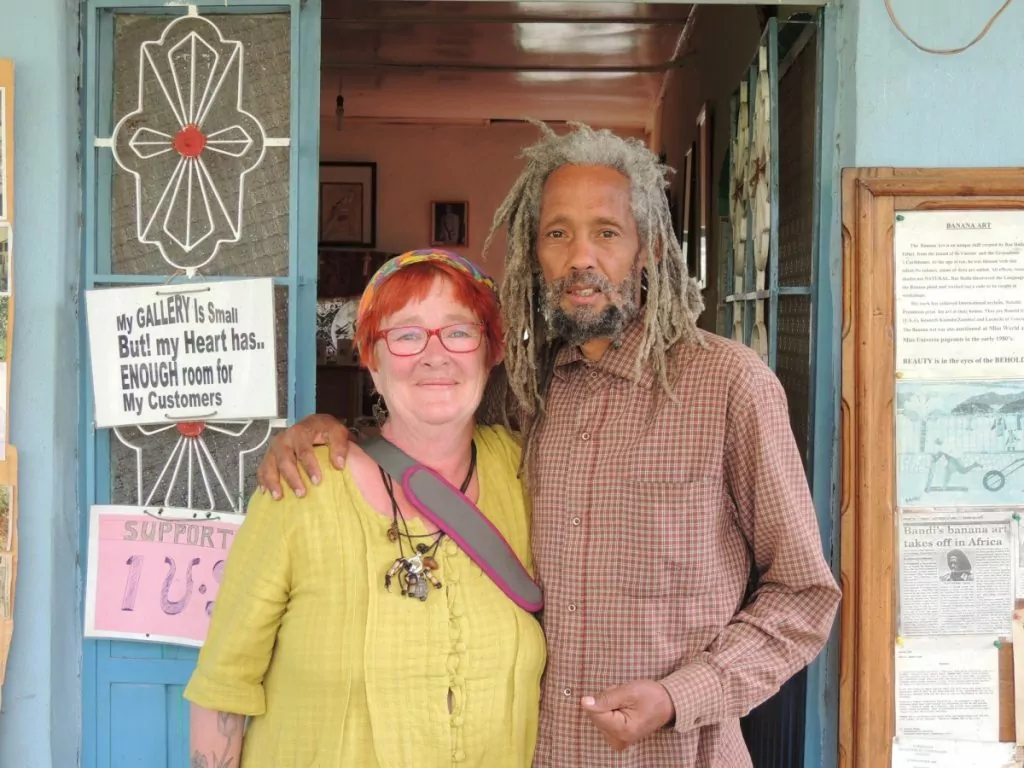
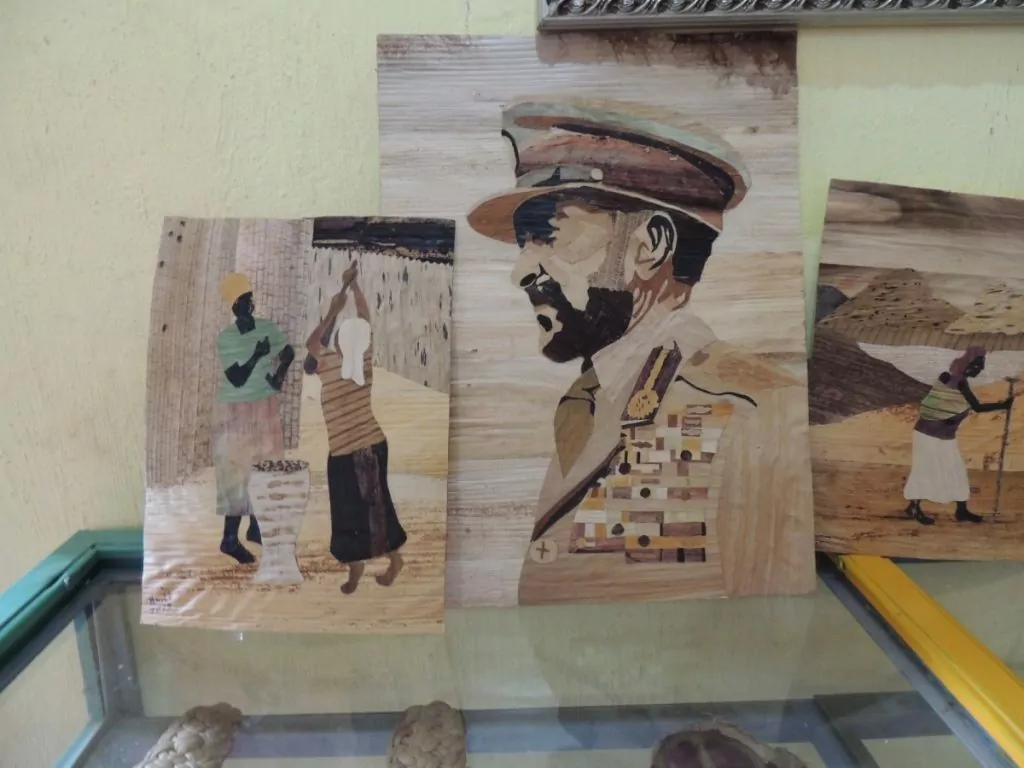
On the last evening, injera is eaten again, but in more luxurious tourist form to the tones of folk music and dance and it was the last injera I got so sick of and incidentally the last injera I ate for the rest of my life.
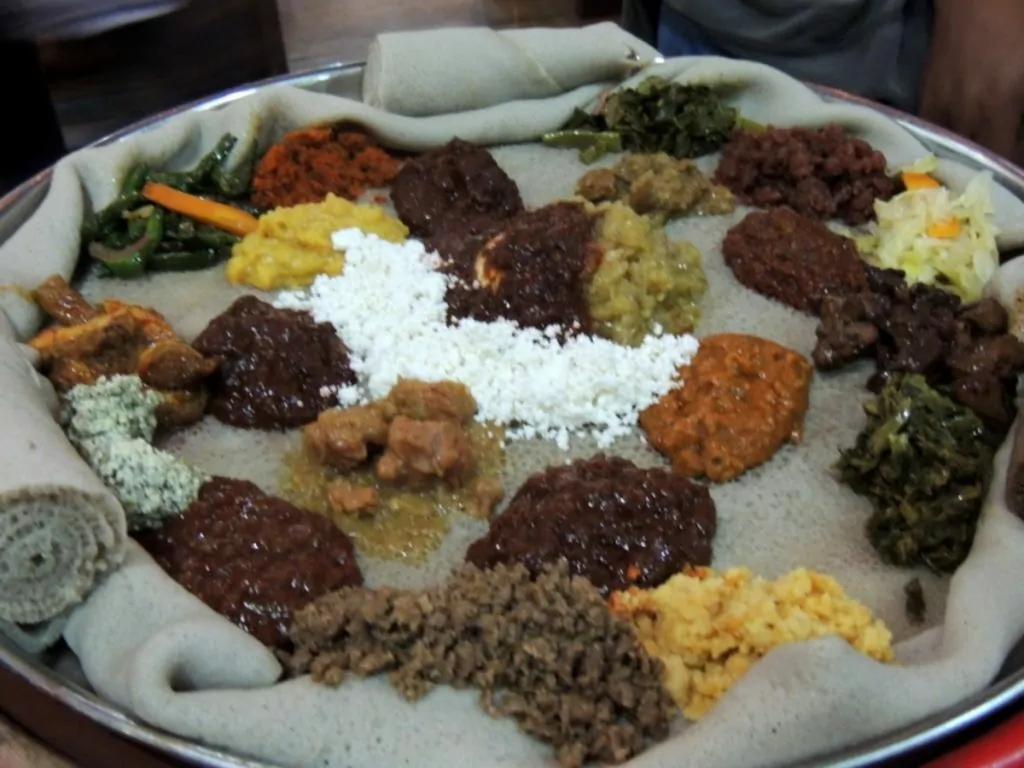
Ethiopia delivers, lots to see and learn. The minus point, however, is the tribes that ghost themselves out solely for tourists.
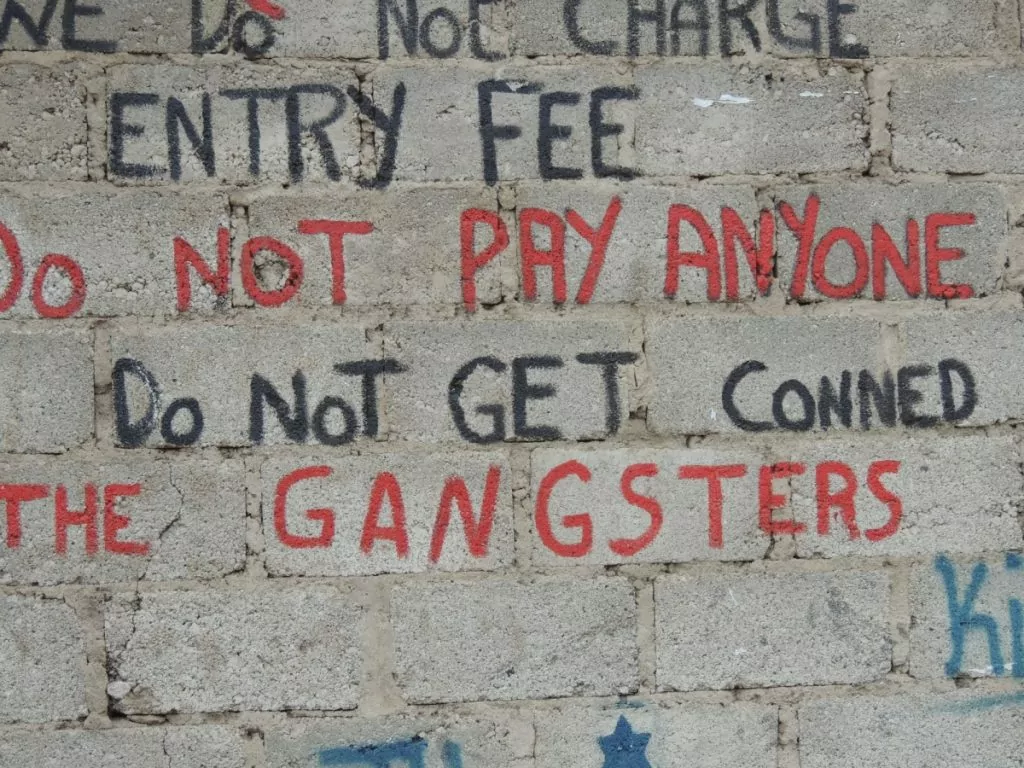
Practicalities when visiting Ethiopia
- Get there: Ethiopian airlines to Addis Ababa
- Getting around: Recommends getting around with a local tour company, then you have someone who speaks the language and some of the tribal language. A reliable driver who knows how and where to drive. Awaze tours I used, they were great.
- Visas: Yes. Visa on arrival or search in advance.
- Money: Larger cities ATM, rural areas no, bring smaller denominations of Birr and possibly dollars.
- Vaccination: Full vaccination protection, malaria prophylaxis.
- Other: Only drink bottled water and be careful what you put in your mouth.
- Security: Check the security situation at Sweden Abroad before departure. Guide needed. Addis Ababa, usual street smarts.
- Photo: Always ask first, many tribes charge for photos.
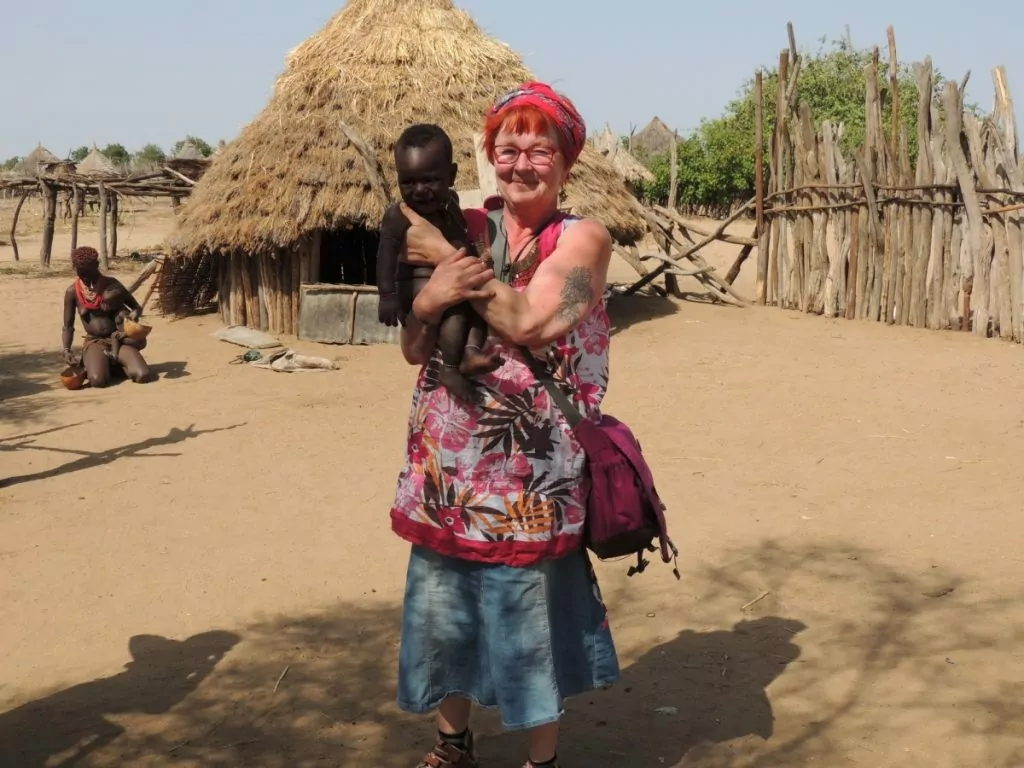


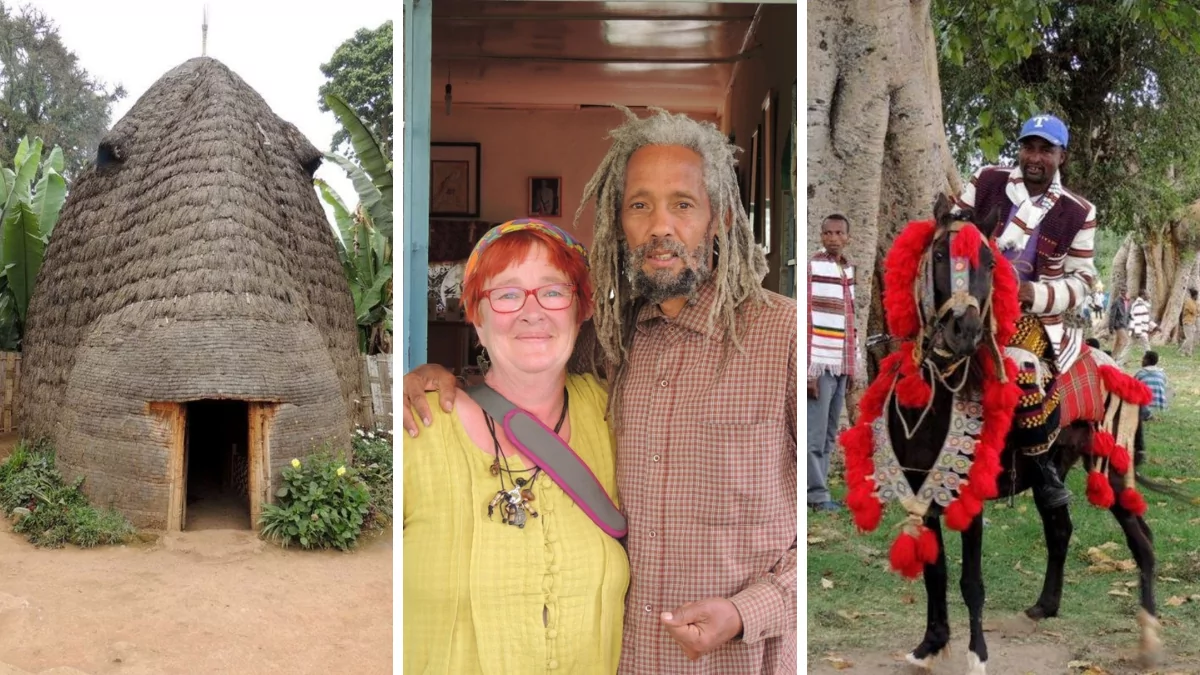






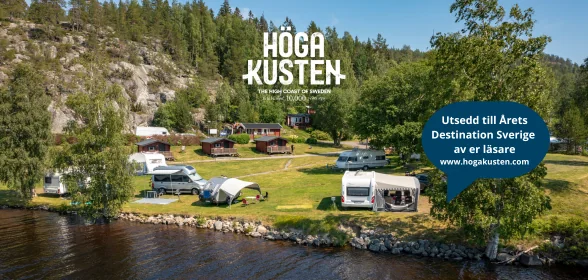


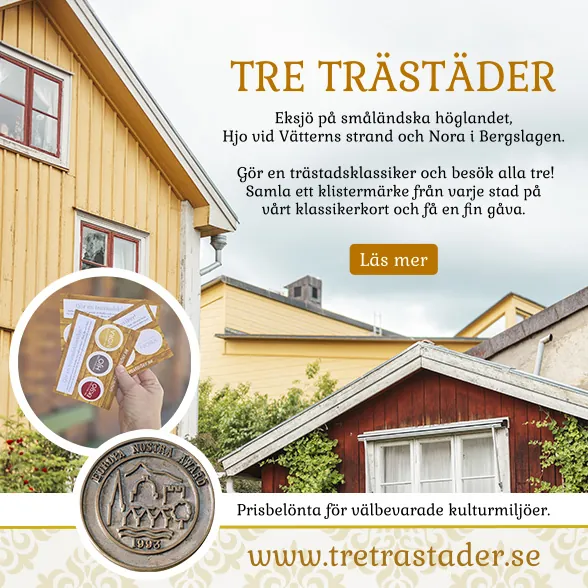
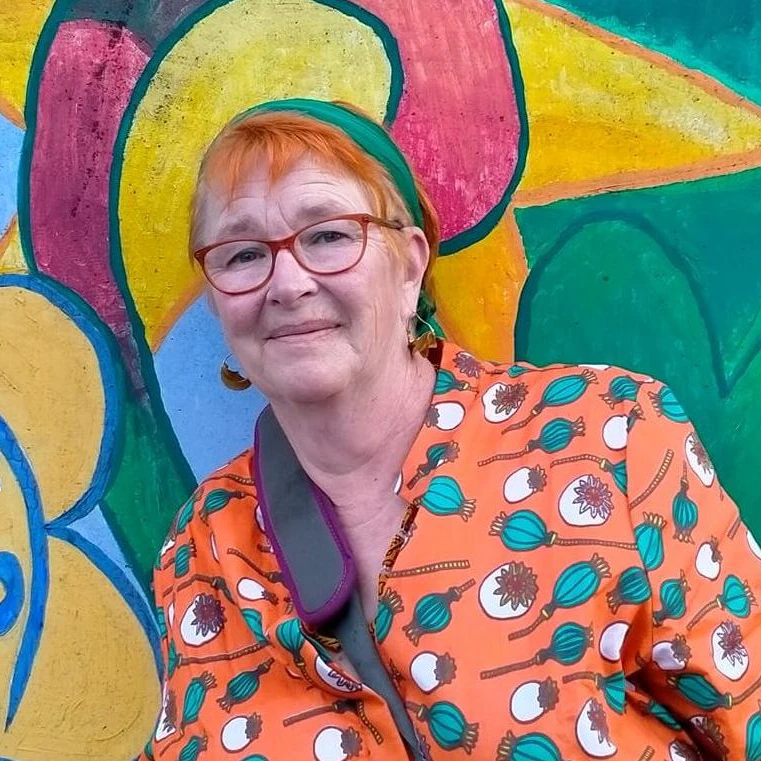
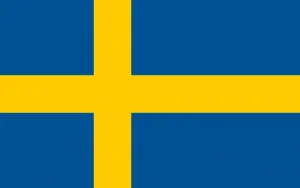
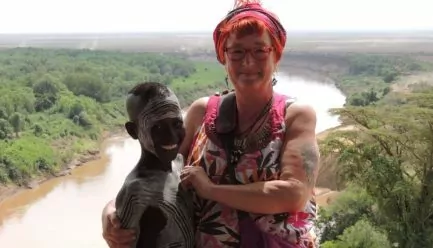
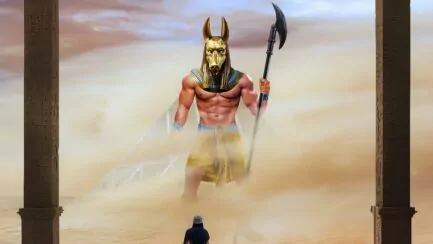
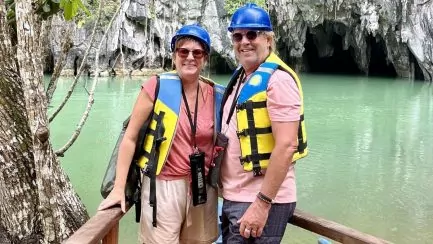
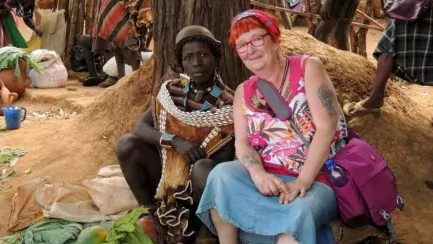
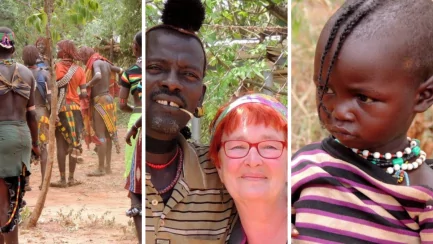
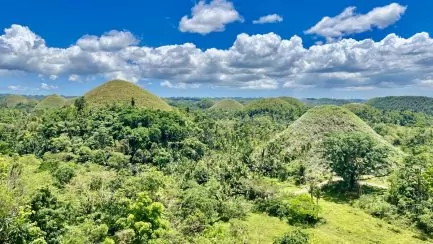



BP says:
It was an absolutely wonderful and very educational series about Ethiopia, illustrated with wonderful pictures. I must say that the banana bush that is not a banana is almost a thing that makes a family completely self-sufficient. It's amazing what you can do with this plant.
Then I had no idea that there was a Rastafarian community let alone that Bob Marley who I loved was part of it. You learn as long as you live. And you must have had a fantastic guide on your trip in the country.
Thank you so much for giving me a free ride:-)
22 October 2023 - 20:02